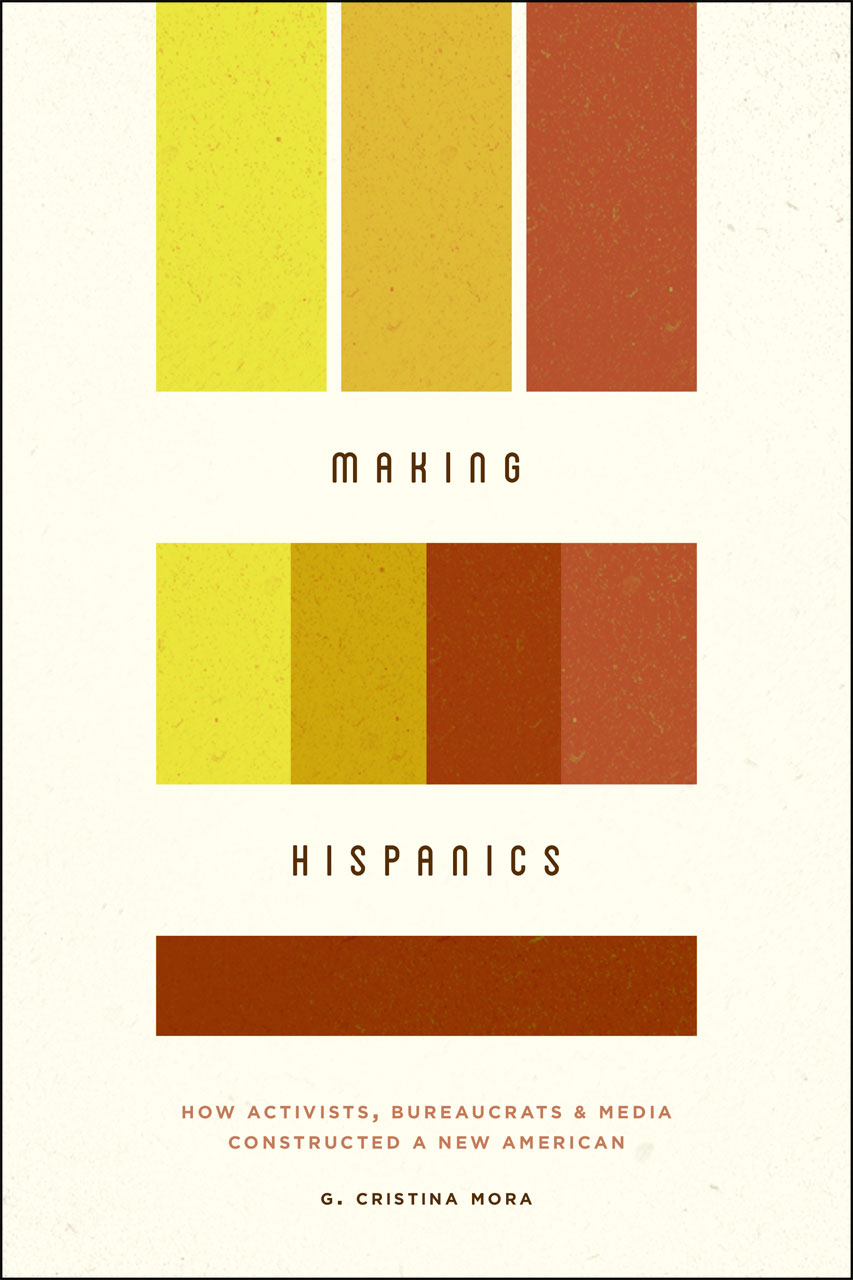Where Did “Hispanics” Come From?Posted in Articles, Census/Demographics, Latino Studies, Media Archive, Social Science, United States on 2014-04-01 01:58Z by Steven |
Where Did “Hispanics” Come From?
Sociological Images: Inspiring Sociological Imaginations Everywhere
2014-03-29
Claude S. Fischer, Professor of Sociology
University of California, Berkeley
One may well wonder where the term “Hispanic,” and for that matter, “Latino,” came from. The press and pundits are all abuzz about the Hispanic vote, Hispanic organizations, and Hispanic cultural influences. Back in the mid-twentieth century, however, they wrote about Mexicans or Puerto Ricans or Guatemalans, not about Hispanics. Of course, people of Latin American origin have become far more numerous in the United States since then and the immigration itself brings more attention. Nonetheless, the labels have changed. Starting in the 1970s, the media rapidly adopted the “pan-ethnic” term Hispanic, and to a lesser degree, Latino, and slowed down their use of specific national labels.* So did, organizations, agencies, businesses, and “Hispanics” themselves.
As recounted in her important new book, Making Hispanics, sociologist (and my colleague) G. Cristina Mora tells the story of how people as diverse as Cuban-born businessmen in Miami, undocumented Mexican farm workers in California, and third-generation part-Puerto Ricans in New York who do not even understand Spanish were brought together into one social category: Hispanic-Americans…
Read the entire article here.

